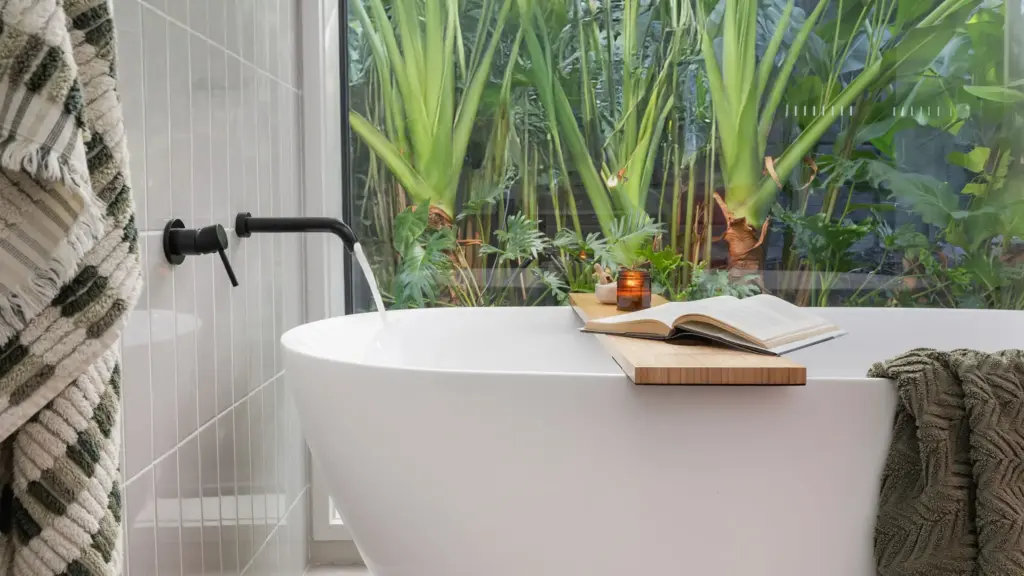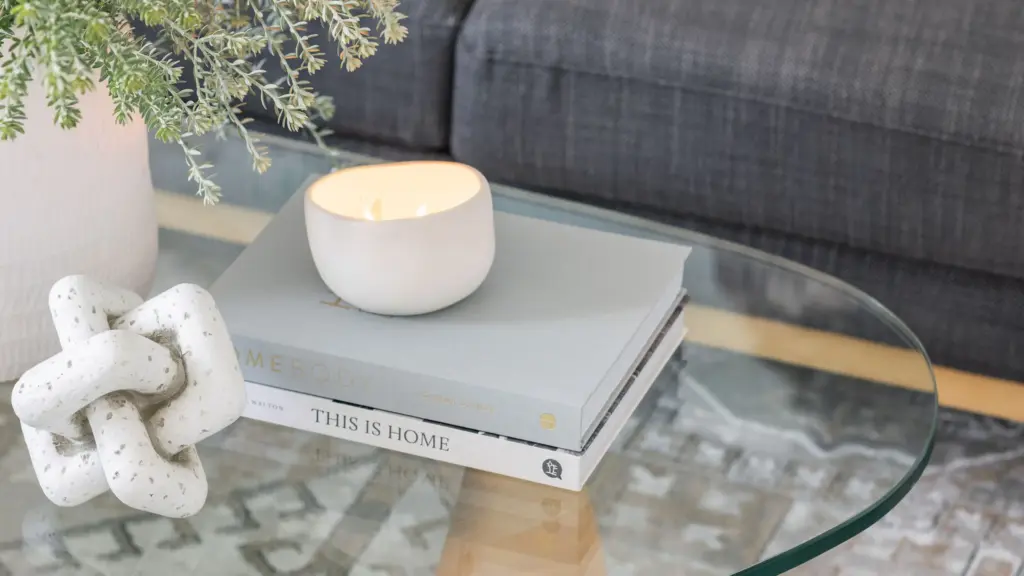
Lighting design is a fundamental element in interior design. It has the power to transform a room’s atmosphere, influence the functionality of the space, and even impact your overall well-being. Whether you’re creating a relaxing sanctuary in your bedroom or a vibrant, focused environment in your home office, the right lighting can make all the difference.
In this article, we’ll explore the three layers of lighting design: ambient, task, and accent and explain why they are crucial for creating a balanced, functional, and aesthetically pleasing space.
We’ll also discuss the importance of colour temperature (measured in Kelvins), how to keep a cohesive look across your space, and the benefits of dimmable lighting for creating the perfect mood and environment.
The 3 Layers of Lighting Design
1. Ambient Lighting: The Foundation of Your Space
Ambient lighting is the base layer of lighting that provides overall illumination to a room. It’s the general light that fills the space, allowing you to navigate comfortably. Ambient lighting is typically achieved through ceiling-mounted lights, recessed downlights, chandeliers, or pendant lights.
Why It’s Important:
Provides uniform light to the entire room, ensuring there are no dark corners.
Sets the general mood of the space.
It’s crucial to get the right brightness level—too dim and the room feels closed off, too bright and it becomes harsh.
2. Task Lighting: Focused Light for Specific Activities
Task lighting is the second layer and is designed to provide focused light for activities that require precision and attention. It helps you perform tasks more efficiently and safely, whether you’re reading, cooking, or working.
Why It’s Important:
Directs light where you need it most, such as over a kitchen counter or reading nook.
Helps with tasks that require concentration, such as applying makeup, shaving, or crafting.
Reduces eye strain by ensuring you have sufficient lighting for specific tasks.
Examples of Task Lighting:
Desk lamps or pendant lights above a kitchen island.
Under-cabinet lights in the kitchen or bathroom.
Vanity lights above a mirror.
3. Accent Lighting: Adding Drama and Focus
Accent lighting is the final layer that enhances the aesthetic appeal of a space. It’s used to highlight specific areas or features in a room, such as artwork, architectural details, or plants.
Why It’s Important:
Adds depth and dimension to your room, creating visual interest.
Helps highlight focal points in the space, making them stand out.
Used to create a more dramatic and stylish effect, giving the room personality.
Examples of Accent Lighting:
Picture lights or track lighting for art.
LED strips behind furniture or under shelves to create a subtle glow.
Colour Temperature and Its Impact on Your Space
When planning your lighting design, it’s important to consider colour temperature, which refers to the warmth or coolness of the light emitted from a bulb. This is measured in Kelvins (K) and can significantly affect the mood of your space.
Warm White (2700K–3000K): Ideal for creating a relaxing, calm atmosphere, perfect for bedrooms and living rooms. Warm white light mimics the soft glow of natural daylight during sunset, making it ideal for spaces where you unwind.
Tip: Keep the colour temperature consistent throughout a space to maintain a cohesive look. For example, using 3000K warm white lighting in a bedroom promotes relaxation and aligns with your body’s natural circadian rhythm.
Cool White (4000K): This is better suited for workspaces like kitchens, offices, or bathrooms. It provides bright, clear light that helps you focus and perform tasks more effectively.
Tip: Use cool white light in areas like your home office or kitchen, where concentration is essential, and you need clarity for tasks like reading or meal prep.
Daylight (5000K–6500K): Bright and crisp, often used in workspaces or areas where you need high levels of accuracy, such as a home office or craft room.
Why Consistency Matters
Keeping the same colour temperature in one space ensures that the room feels cohesive and harmonious. For example, using warm white lighting (3000K) throughout a bedroom creates a tranquil, sleep-friendly environment. On the other hand, in a workspace such as a home office, a cool white (4000K) light promotes alertness and concentration, making it the ideal choice for focused tasks.
Dimmable Lighting: Flexibility for Different Moods and Tasks
One of the best features you can add to your lighting design is dimmable lighting. This allows you to adjust the brightness based on your needs and preferences throughout the day.
Wind Down with Soft Lighting: At the end of the day, dimming the lights and switching to a warm, softer glow signals to your body that it’s time to relax and prepare for sleep. This helps sync with your circadian rhythm, which can improve sleep quality and overall well-being.
Nighttime Lighting: For late-night bathroom visits or other nighttime tasks, a low, slow glow is all you need. This soft light doesn’t disrupt your sleep cycle or alertness but ensures you can move safely around your home without disturbing your rest.
Task-Oriented Brightness: During activities like applying makeup, shaving, or cooking, brighter settings are essential for precision and focus. In these cases, dimmable lights can be adjusted to provide the necessary illumination without being too harsh.
Lighting Design for Well-being: Optimising Your Home Environment
Lighting design doesn’t just impact the aesthetics of your home; it can significantly affect your mood and energy levels. By carefully layering your lights and choosing the right colour temperature, you can create spaces that enhance your well-being.
Bedrooms: Soft, warm lighting promotes relaxation and a restful environment conducive to sleep. Dimmable options let you adjust brightness levels based on the time of day and your needs.
Kitchens and Offices: Bright, cool lighting helps boost concentration and alertness, perfect for tasks that require focus and precision.
Bathrooms: Different lighting settings can cater to various activities. A slow, dim glow during the night allows for safe movement without disturbing sleep, while brighter lighting is perfect for activities like shaving or applying makeup.
Conclusion
Incorporating the three layers of lighting design: ambient, task, and accent, is essential for creating a well-balanced, functional space. By considering colour temperature, keeping it consistent, and adding dimmable lighting, you can transform any room to suit your needs and enhance your overall well-being. Whether you’re winding down for bed or focusing on a task at hand, the right lighting makes all the difference.
Would you like to explore lighting design for your space? Contact us today to get started on your journey to better lighting and a more harmonious home environment.

